CANVAS AND CLAY ART
Her social media: Facebook alsajbrown | Instagram @ailsajbrownart | Website www.ailsajbrown.com Other links:
See the TeachinArt online workshops Find out about our online instructors Look at our students work
9 Comments
"I have done ceramics since the age of 15. I always loved working with clay, but I also wanted to learn to draw and paint and gain a substantial knowledge of art history. So, I studied art and design, fine art and history of art. I teach drawing, painting and hand-built ceramics and I have owned a kiln for 13 years. I have worked with porcelain for four to five years now but with other stoneware and earthenware clays for a lot longer."
“I aim to blur the lines between Fine Art and Ceramic Craft. I use clay and porcelain, as my canvas, creating sculptural slab-built vessels and illustrated plates. The themes include masks from different cultures, musicians, at the café, at the beach, at the Met and conversations across time.” – Gail Altschuler Links:
Understanding porcelain online workshop by Antoinette Badenhorst. Online workshops at TeachinArt. Mark Goudy was named the Emerging Artist in Ceramics Monthly magazine of May 2010. He completed two online classes at TeachinArt, Porcelain handbuilding with Antoinette Badenhorst, and Colored Clay with Curtis Benzle. His work was selected for collections in
My formal education lies mostly in science and engineering: a Bachelor of Science in Biology from the University of Oregon, and a Master of Science in Electrical Engineering from California State University in San Jose. I did take various art classes along the way, but it wasn't until much later in life that I even thought about pursuing a career in ceramics. My interest in music and my hobby of building electronic music synthesizers propelled me into the study of electrical engineering in my late 20s. I ended up working for twenty years as a logic design engineer in the computer graphics industry (including Pixar, Silicon Graphics, nVidia.) After my mother passed away in 2004, my wife Liza had the idea for us to take a raku class at a local Bay Area adult school, an homage to my mother's creative spirit. Following a twenty-year career working as an engineer in the virtual world of computer chip design, I found the process of clay work to be a cathartic experience - resonating at some deep unconscious level. The physical nature of handbuilding unique pieces from this plastic medium was immediately satisfying. Soon I was applying my analytical and problem-solving skills to the multivariate issues that surfaced in the clay studio, and exercising my right brain to construct forms in a totally intuitive way. My approach to ceramics stems from the intersection of my love of the geometries of nature and abstract minimalist art. My mission as an artist is first to create a coherent visual language, and then learn to speak in that language. For me, certain forms evoke a sense of quiet stillness and mystery, and exist in a dimension apart from language. I don't fully understand it. My current process is to handbuild ceramic forms, joining sections of curved parabolic surfaces that I create using purpose-built plaster hump molds. After a series of scraping, paddling, and shaping transformations, the models are bisque fired and used to make multipart plaster molds. The final works are slipcast, using various clay bodies that I have created. I see slipcasting as a way to translate one clay body, which is optimized for building, into another clay body with different properties - of lightness or translucency for instance. Sometimes I burnish earthenware forms to impart a smooth surface with a subtle grain pattern. For other works, there is a lot of wet-sanding to refine and even out the surface. I use no glazes in my work. Instead I have developed techniques for adding color and pattern through the use of metal salts, following the lead of renowned Norwegian ceramic artist Arne Åse. These compounds are the water-soluble form of the same metals used to color traditional ceramic glazes. After painting on, they soak into the bisque-fired clay, interact with each other, and become a permanent part of the surface after firing. All my work so far is low-fired, at cone 01 or below. Many thanks to Antoinette Badenhorst and her e-course on Porcelain handbuilding to help me understand the unique qualities of this beautiful material. Links: E-courses (online workshops) Preview E-courses Demonstrations, tips & techniques Our Art Instructors Tags:
#teachinart #MarkGoudy #translucentporcelain #porcelainhandbuilding #Californiaartists #ceramicartists #solublesalts #handbuildceramics #raku #ceramicsmonthly #clayshares
My educational background lies in engineering, science and research. At the free university of Brussels, I first obtained the degree of Bio-engineer in cell and gene biotechnology. That was followed by a PhD in applied biological sciences during which I focused on sourdough fermentation. Thereafter, I started a career in the pharmaceutical industry, mainly as project manager. During that time, I continued taking several classes that brought me closer to my inner selve and passions. It is no more than 10 years ago that I first experienced working with clay. The joy of creating, the feeling of clay on my hands and the peace of mind all this brought were truly overwhelming. About 5 years ago I decided to enroll in the ceramics program at the Genk academy of visual arts and media. Till today, the ceramics classes have continued to equipped me with skills and knowledge relating to the materials and processes of the discipline. Very soon it became clear that porcelain would become the ideal medium for my work. Once a researcher, always a researcher, so I dedicate a lot of time to sample making and the testing of new techniques. For the making of my works, I rely on a mix of techniques: handbuilding, slip casting, dipping and the use of paper molds or other “carriers” to make individual elements which then are assembled into a – partly- intuitive final pattern.
I rarely add color or glazes to my work because I love the whiteness, pureness and translucency of porcelain. I believe that in some cases the combination of shape and a delicate play of texture, results in enough complexity. In case I do decide to add color, I always keep a certain degree of sobriety in mind not mixing too many color palettes or by using coloring agents that enable me to obtain a subtle natural look and feel. Mostly I rely on the use of either pigments or oxides for the coloring of porcelain clay bodies. When I want to add subtle color to bisque-fired pieces (or even green ware), I prefer the use of water-soluble metal salts. All works are fired at cone 6 under oxidizing conditions. As a newcomer in the arena of ceramic artists, I want to thank Antoinette and Koos Badenhorst for providing me this platform and for sharing so much valuable information through their e-courses and TeachinArt portal. Links:
E-courses (online courses) at TeachinArt Preview e-courses Demonstrations, tips and techniques Our art instructors Colored clay e-course with Curt Benzle Kathlyn J Avila-Reys is a ceramic artist who paint emotions and special effects on her clay sculptures. She completed the Post-fired Finishes class of Marie EVB Gibbons at TeachinArt. Here is Kathlyn in her own words.
I have exhibited my work at numerous galleries, universities, and institutions. I have received a number of awards and certificates, as well as being selected to have a solo show entitled, “No Ordinary Woman”. The theme of this show grew out of my childhood interest in the women in my community, especially those considered to have “special powers”- whether real or imagined. Although I’m inspired by people I have encountered, my figures embody “familiar souls” that viewers can recognize regardless of where or when they grew up. Each of my figures is an expression of a unique individual, whose story is told through adornment, symbolism, and gesture. Color, pattern, and texture intrigues me which promotes an open playground for ceramics and the ability to explore many of its possibilities. I have always been a doll maker, but the transition of making cloth dolls to ceramic figures has given me a broader enjoyment and satisfaction in the process of their creation. I love the idea of working with a medium that challenges me to transform a ball of clay into forms and figures that become characters based on my life and imagination. Working in clay has become my mental retreat, my vacation away from the world, my hands are happiest when in the process of construction. My intricate style echoes the influences of African, Native American and Latin American cultures. I uniquely design my work with an ensemble of metaphysical symbolism and color, which then captures an aura of mysticism, magic, and spirituality.
Links: E-courses (online workshops) at TeachinArt Preview E-courses Our Art Instructors China painting with Paul Lewing Demonstrations, tips & techniques Tags:
#paintingonclay #claysculptures #clayartist #Virginiapotter #handmade #clayshares #teachinart Claire Beck lives and work in the beautiful Gold Coast Hinterland region of Queensland in Australia, about 10 kilometers from the coast as the crow flies. She completed two of the online workshops at TeachinArt, Alternative firing with Marcia Selsor in September 2016, and Porcelain Handbuilding with Antoinette Badenhorst in July 2015
My current raku kiln is called Black Betty for obvious reasons. I usually fire to around 1,050 C. The first firing into which I put the more fragile pieces usually takes around 40 mins but from the second firing onwards the time reduces until its down to around 20 mins. I reduce for about 20 mins then spray a fine water mist over the pieces to cool them. To maintain lustre I spray pieces with automotive clear satin finish. I’ve had pieces outside for a couple of years which still show lustre using this spray. I have a small electric kiln in which I fire greenware.
When we bought out block of land (about 2 acres) in 2008 we loved it so much that we used to say “when we live here we’ll truly be living in bliss” and after a while when we started building our friends would ask “how’s Bliss coming along” and so our house, Bliss, was named. My artistic endeavours really only started when I retired in 2010 with life drawing classes. From there I moved to printing where I won the Caldera Award in Murwillumbah NSW (New South Wales) for my piece Rainforest Cathedral.
I think my future probably lies in teaching. Funnily enough I used to teach computing as I came to the world of raku via decades working in the IT industry at various teaching colleges and Universities both as a teacher and as an IT Manager. Before that I worked in advertising and publishing and ran a gallery in a small tourist town in North Queensland. Strange what paths our lives lead us on. Links: E-courses (online workshops) at TeachinArt online school of art Demonstrations, tips and techniques (Tips shared by teachers of TeachinArt) Preview e-courses (take a quick peek into our online workshops) Art Instructors (Meet our online art instructors) Alternative firing online course with Marcia Selsor (how to do obvara, raku, saggar firing) Porcelain handbuilding online class with Antoinette Badenhorst (Learn how to get translucent porcelain hand made items) Tags:
#mixedmedia #teachinartstudent #teachinart #rakufiring #raku #Australianpotter #alternativefiring |
AuthorTeachinArt is an online art school with professional artists as instructors who educate, enridge and promote art. Categories
All
|


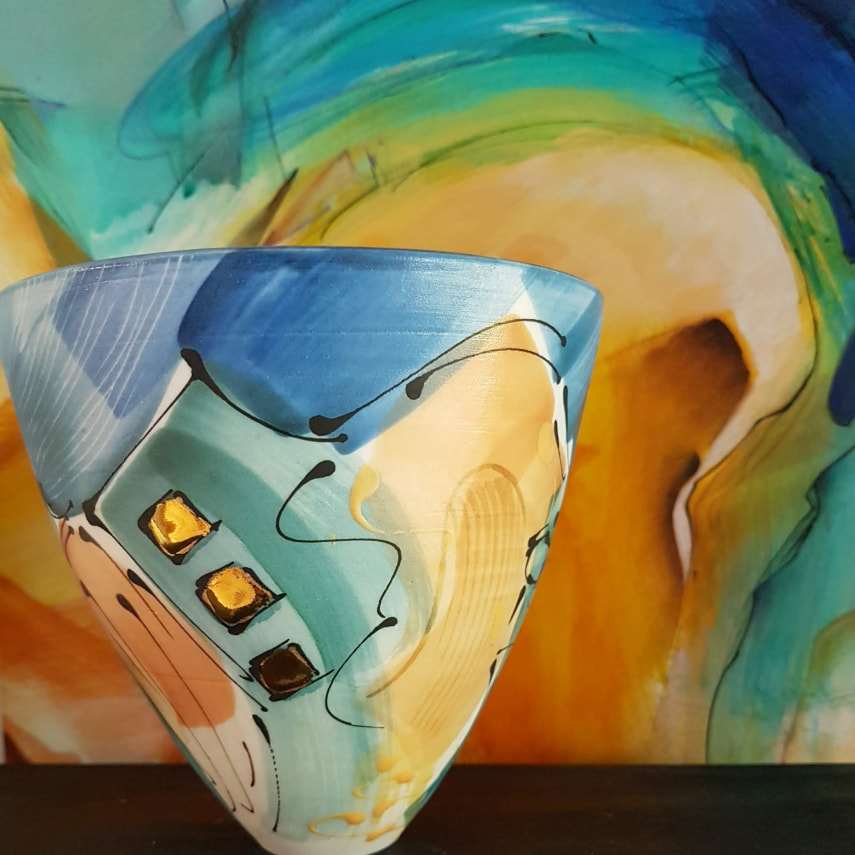
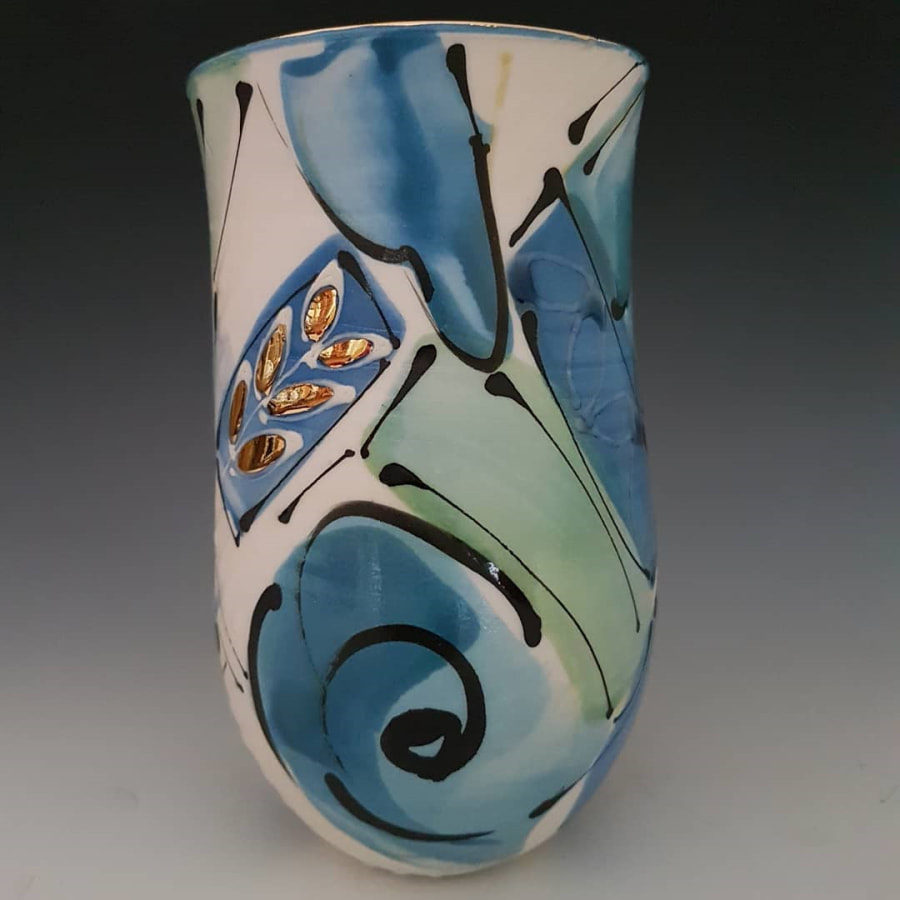
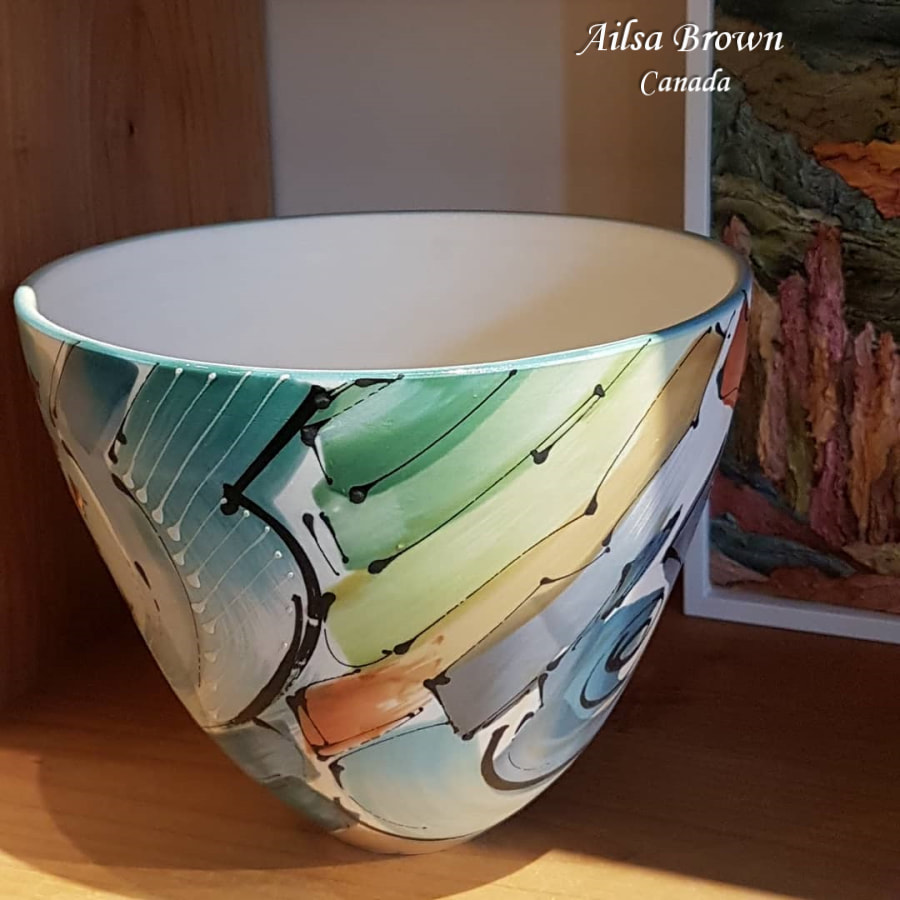
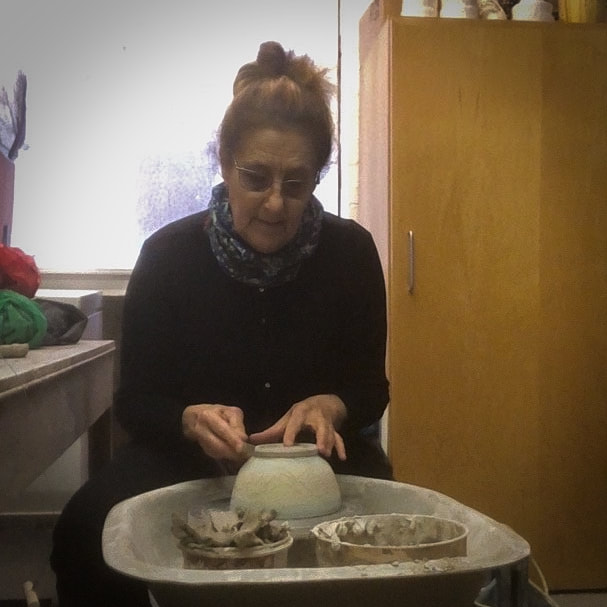
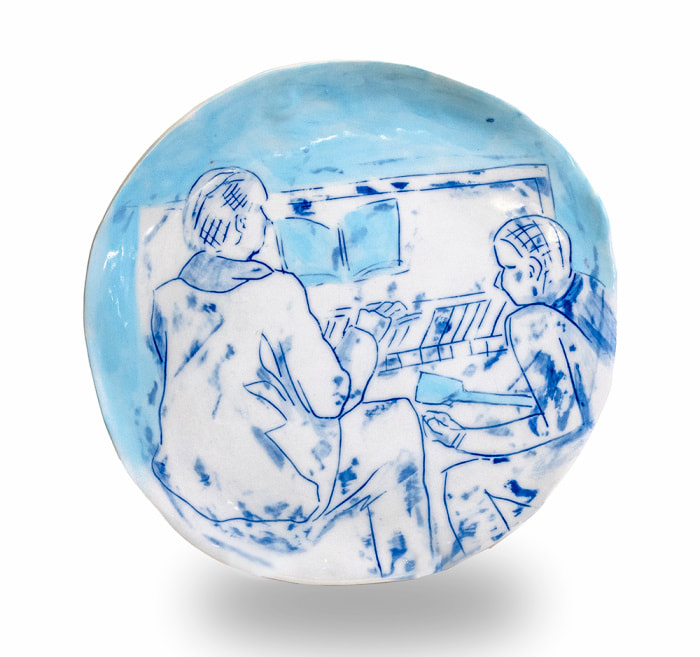
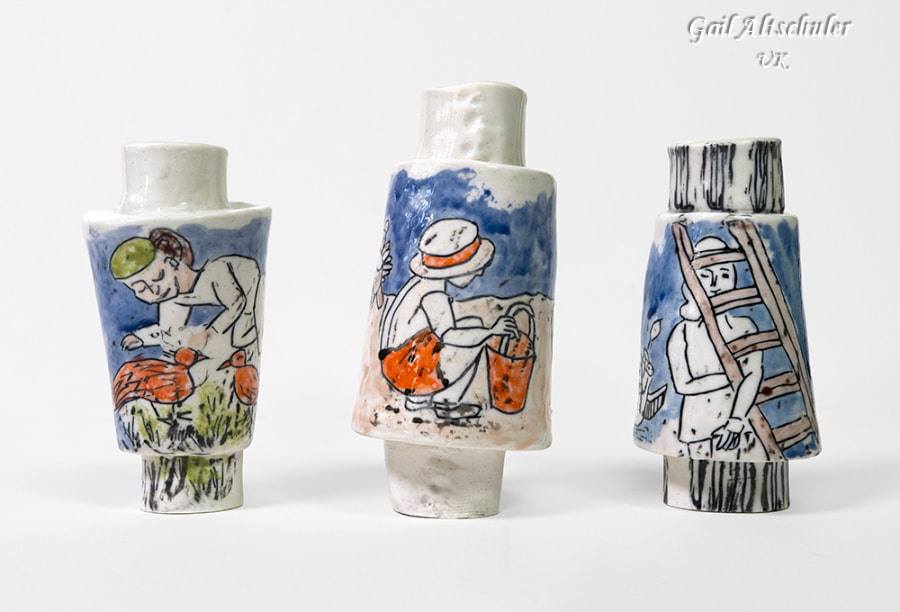
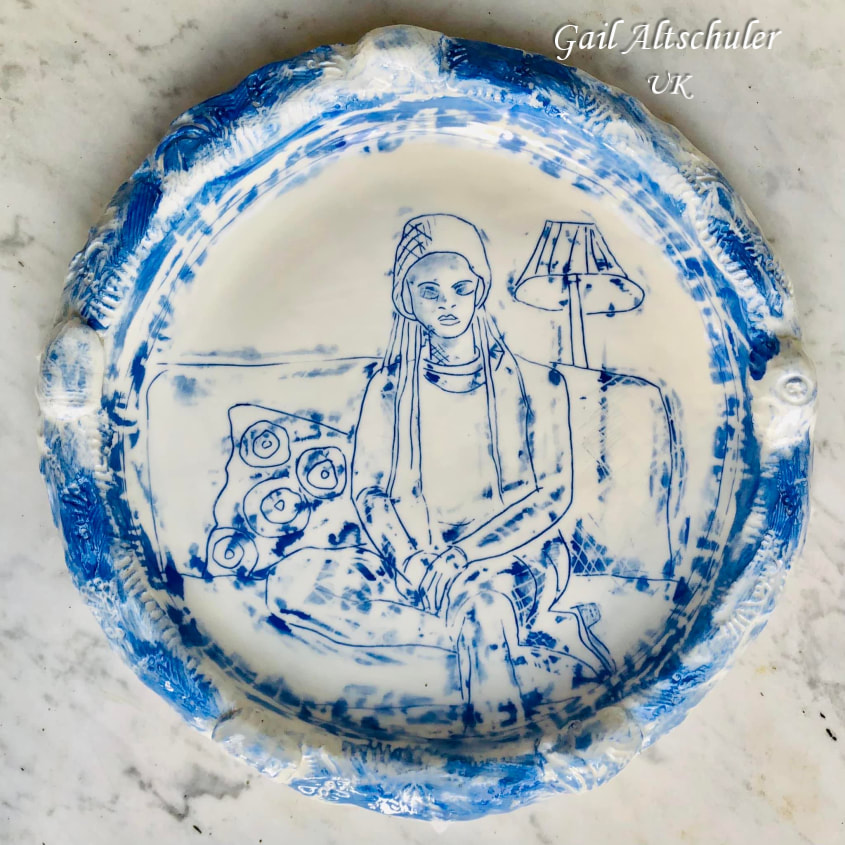
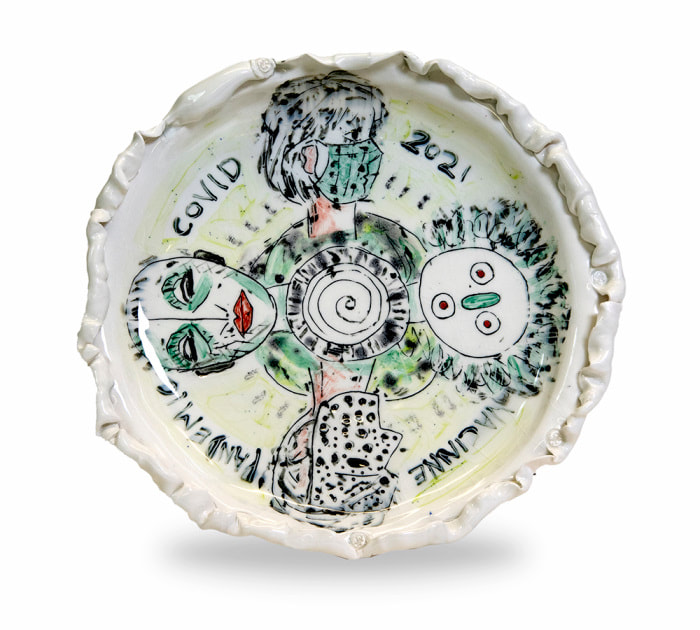
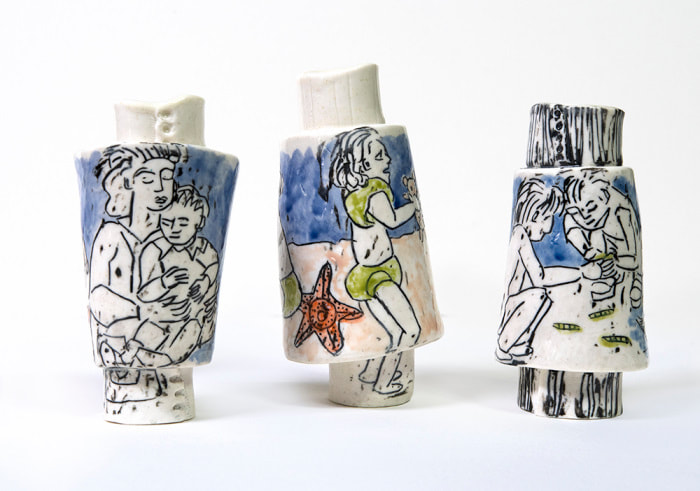

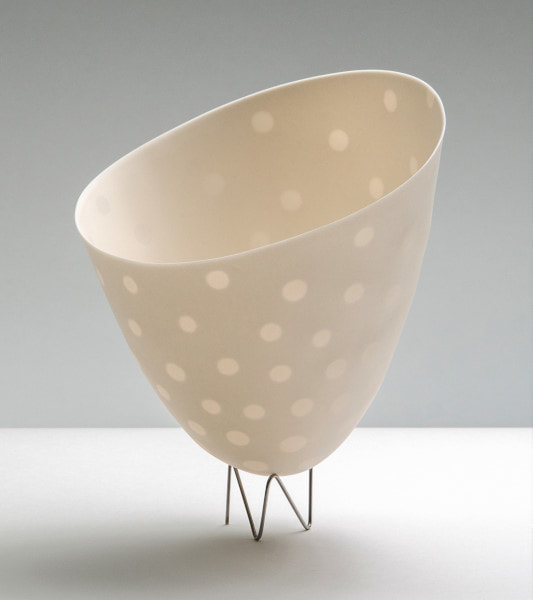
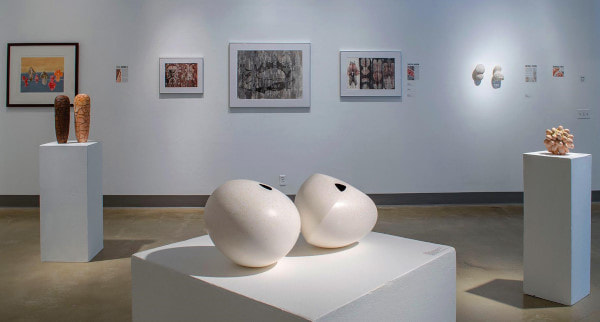

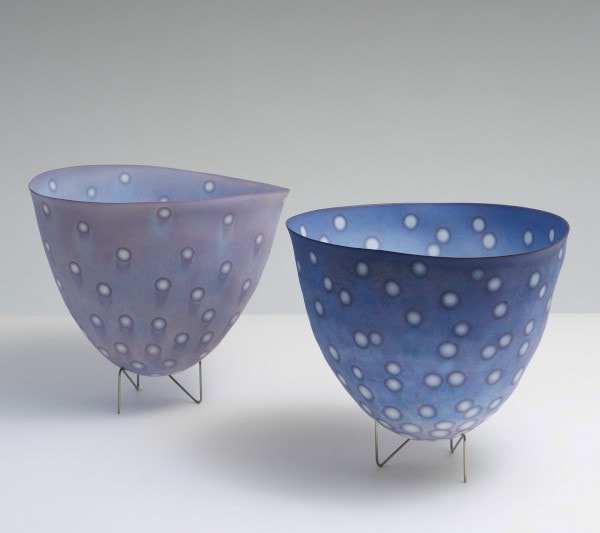
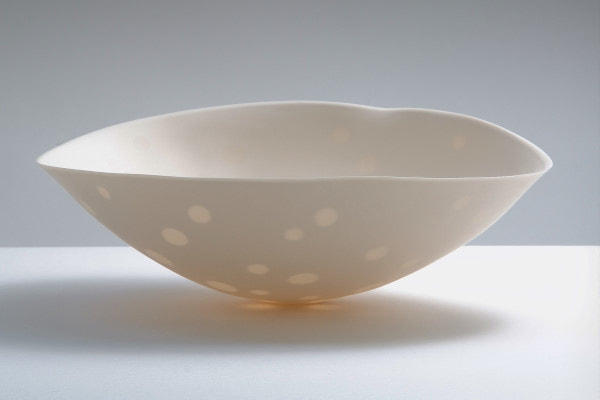
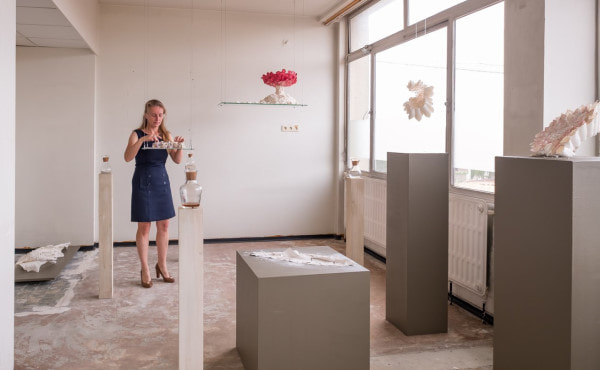
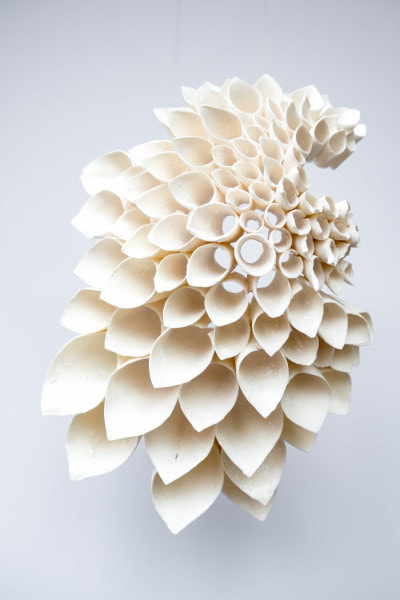

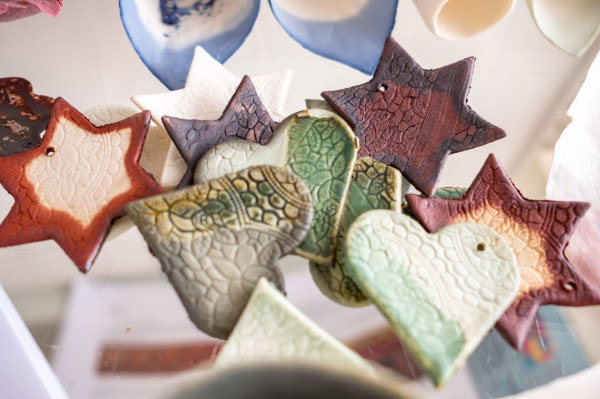

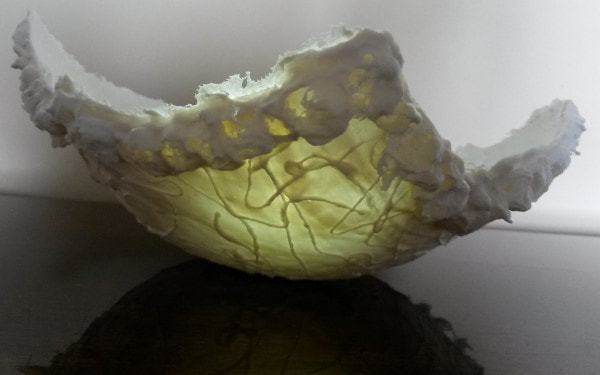
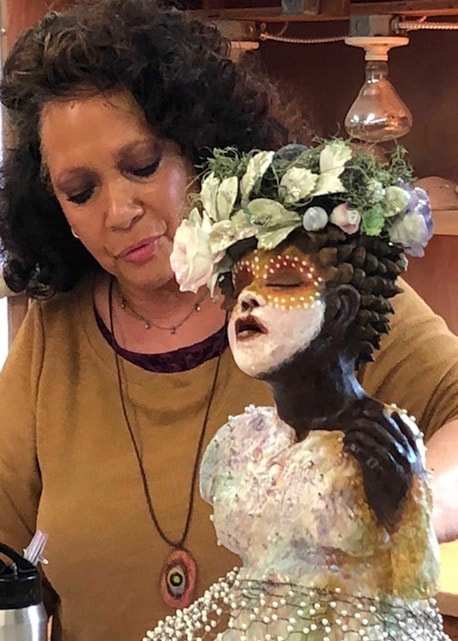
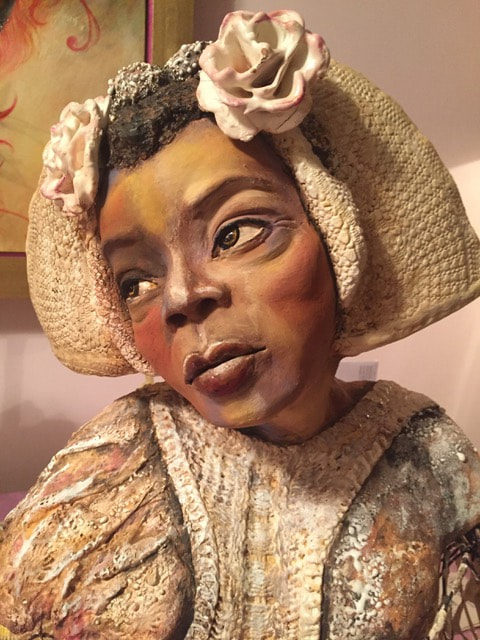
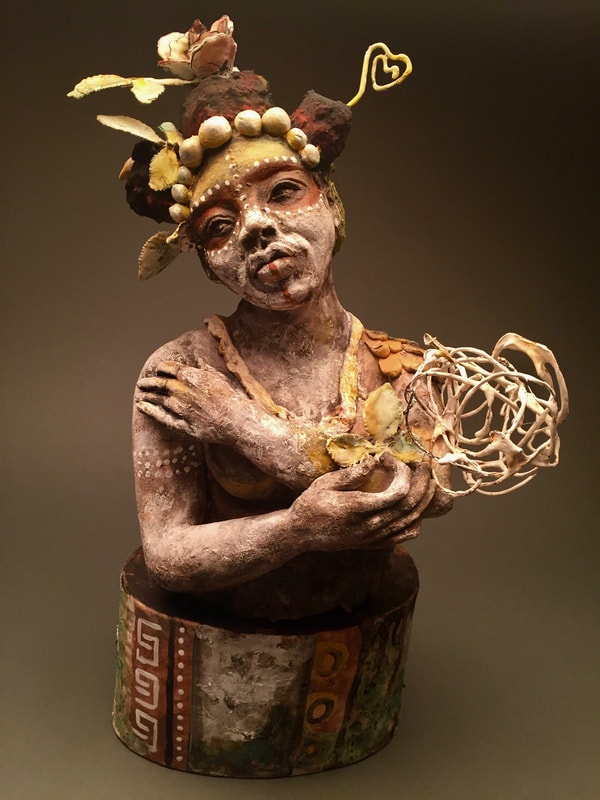
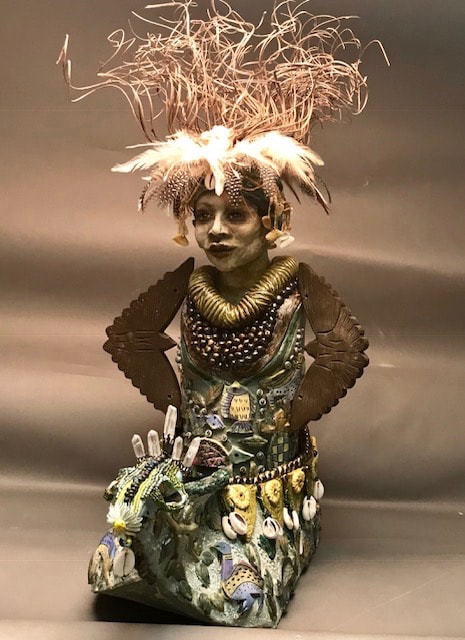
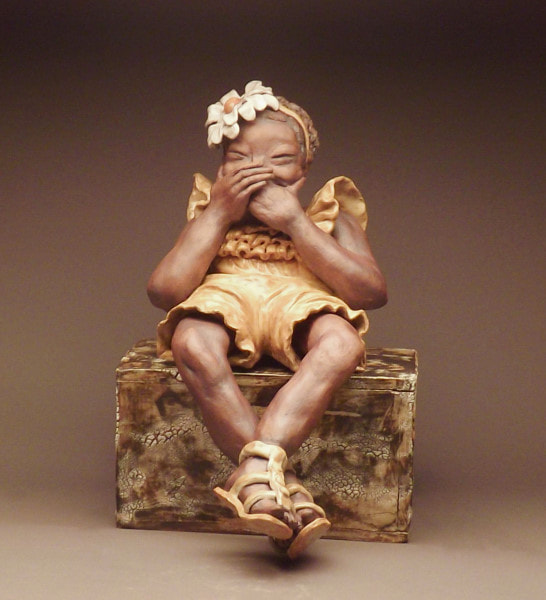
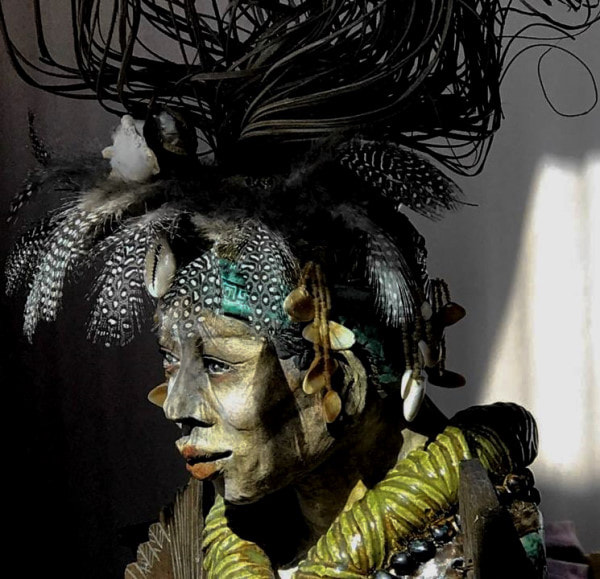
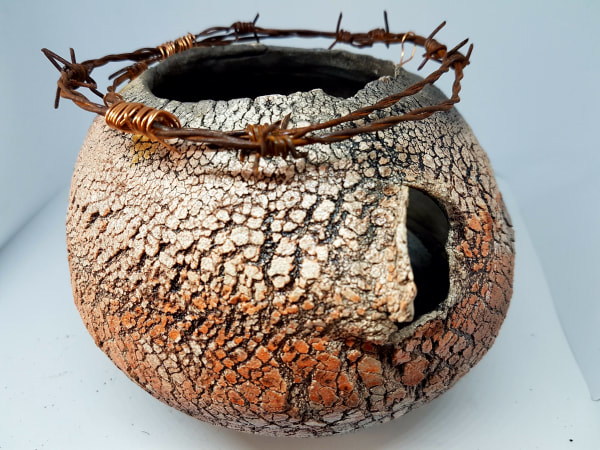
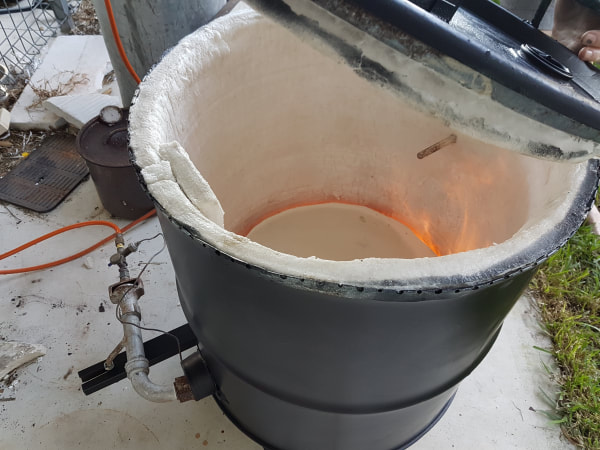

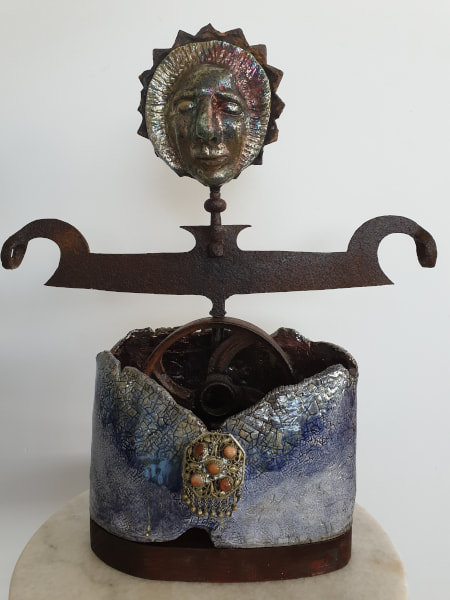
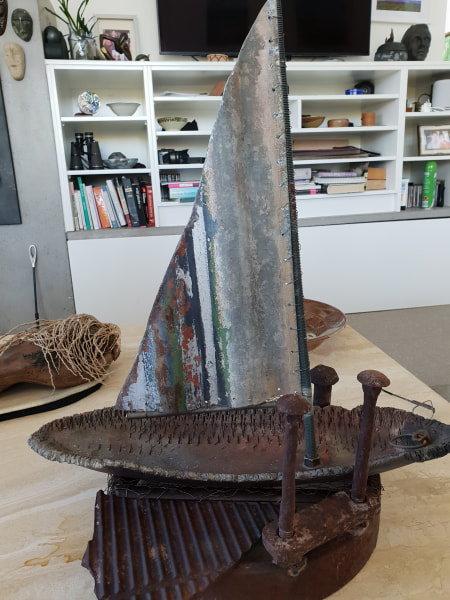
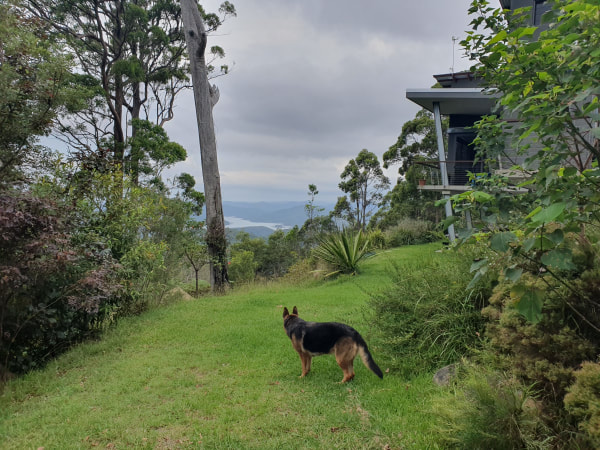
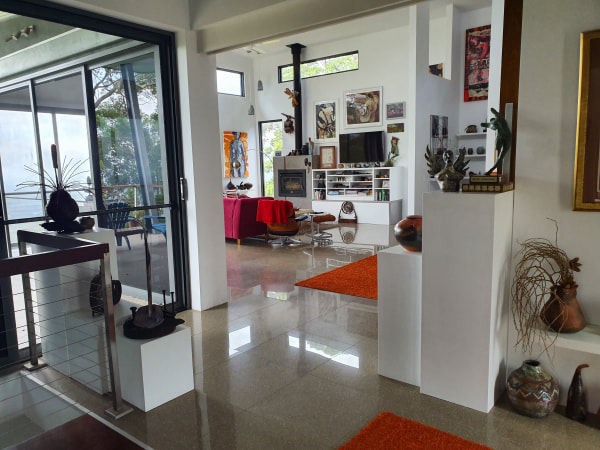
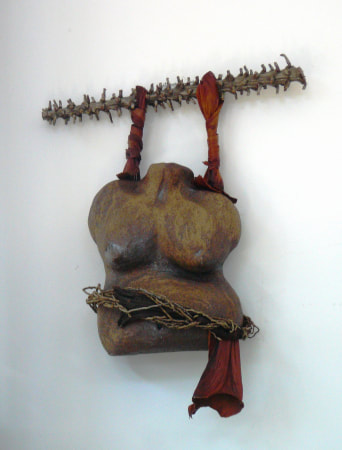
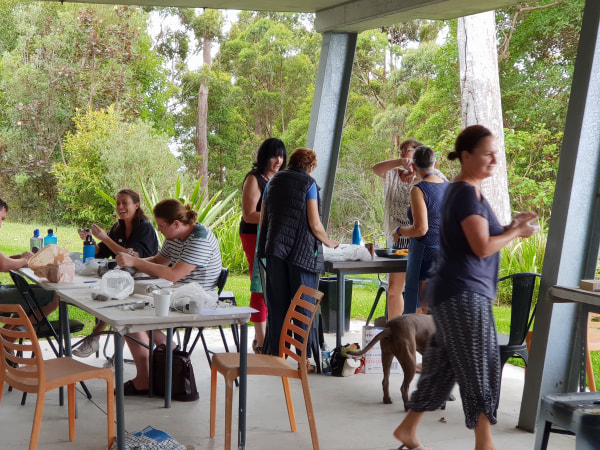
 RSS Feed
RSS Feed